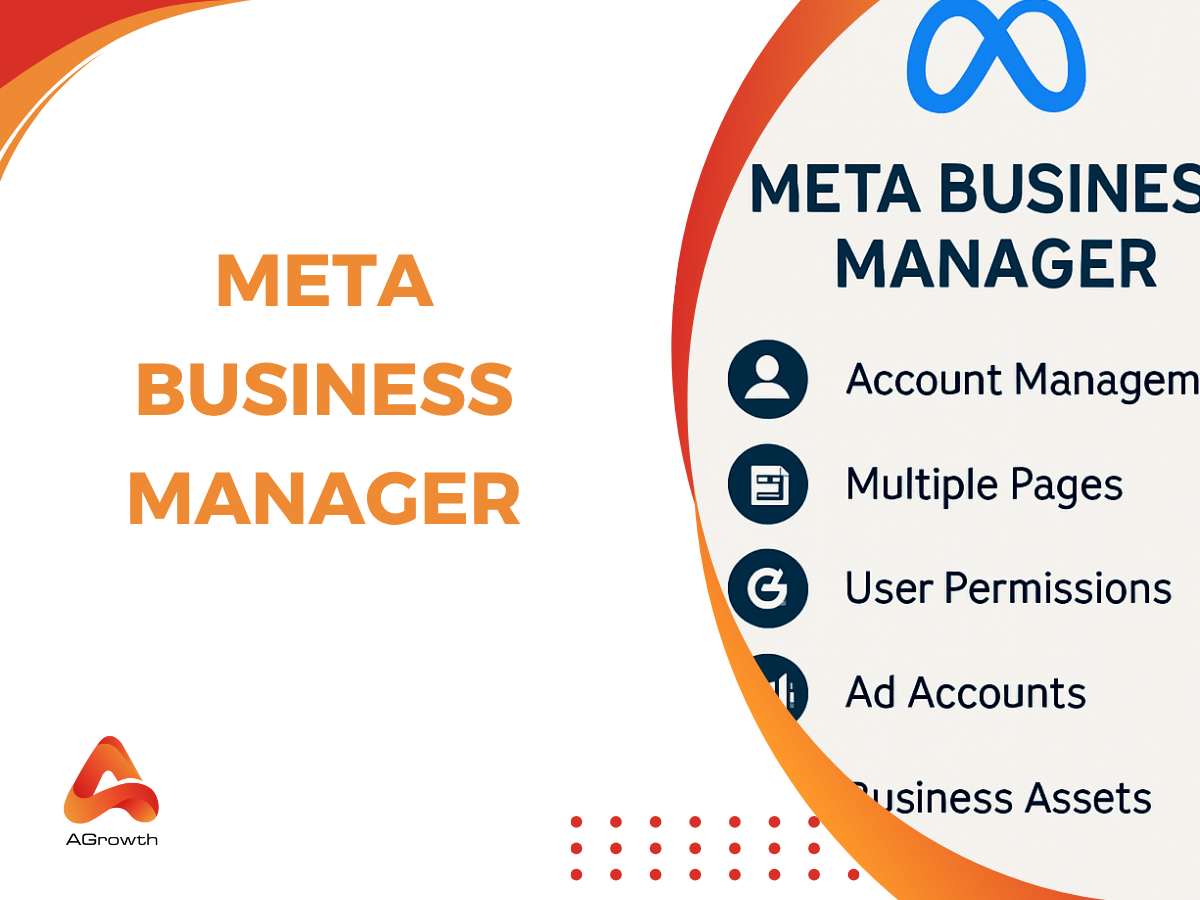
Table of Contents
Meta Business Manager Guide: Features, Benefits, and Pro Best Practices
When running ads on Meta platforms and managing multiple ad accounts, pages, or clients, you need a central hub that provides structure, security, and control. That’s where Meta Business Manager comes in. Originally launched as Facebook Business Manager, this platform has evolved into the backbone of enterprise-level advertising on Meta. It helps advertisers and agencies manage assets, control permissions, secure data, and streamline collaboration.
In this guide, we’ll break down everything you need to know about Meta Business Manager—what it is, why it matters, how to set it up, and how to troubleshoot common issues. If you’re running serious ad campaigns and want to avoid chaos, this article will be your roadmap.
What is Meta Business Manager?
Meta Business Manager is a management hub for all your Meta business assets. It allows you to securely control ad accounts, pages, Instagram profiles, WhatsApp Business accounts, catalogs, pixels, and more, all in one place.
Unlike personal ad accounts, which are tied directly to an individual, Business Manager is built for organizations. It ensures assets belong to the business, not an employee, reducing risks when staff members leave or agencies change.
Meta itself explains: “Business Manager serves as a central place to manage your business information, ad accounts, Pages, and the people working on them.” (Meta Help Center).
Benefits of Using Meta Business Manager
While the concept of a central hub sounds good, the practical advantages are what make Business Manager indispensable for any professional advertiser. Moving your operations into this environment unlocks efficiencies and protections that are impossible to achieve otherwise.
Let’s break down the key strategic benefits:
Centralized Asset Management
Imagine logging into one place and seeing every Page, Instagram account, ad account, Pixel, and product catalog you manage. This unified view saves time, reduces the chance of errors, and gives you a complete picture of your marketing infrastructure. You can quickly see who has access to what and deploy assets to new campaigns instantly.
Granular Team Collaboration & Permission Control
This is arguably the most powerful feature. You no longer have to make someone a full "Admin" of your Facebook Page just so they can run ads. With Business Manager, you can assign specific roles and permissions for each asset. Grant your analyst access to reporting, your media buyer access to the ad account, and your community manager access to the Page inbox—all without giving them control over billing or asset ownership.
Enhanced Security & Ownership Protection
By separating personal profiles from business assets, you create a protective firewall. As mentioned, the business retains ownership of everything, so the departure of an employee or the conclusion of an agency contract doesn't put your valuable historical data and assets at risk. As Zapier's guide notes, it's about giving access "without having to hand over ownership of your personal accounts."
Scalability for Agencies & Large Businesses
For agencies handling multiple clients, Business Manager is non-negotiable. It allows you to keep every client's assets completely separate and secure. You can request access to a client's Page and ad account without co-mingling their data with other clients. This clean separation is crucial for efficiency, reporting, and client trust.
Simplified Financial & Legal Compliance
Centralize all your billing information in one place. You can add multiple payment methods and assign them to specific ad accounts, making budget management and financial reconciliation far simpler. For larger advertisers, this provides a clear, auditable trail for tax and compliance purposes.
Key Features Inside Meta Business Manager
To deliver on these benefits, Meta Business Manager is packed with powerful tools. Understanding these core features is the key to unlocking its full potential. Think of this as your strategic toolkit for managing your entire Meta presence.
Here are the essential components you need to master:
Asset Management
This is the foundation. From one dashboard in your "Business settings," you can view, add, and control access to all your primary assets, including:
-
Facebook Pages
-
Instagram Profiles
-
Ad Accounts
-
WhatsApp Business Accounts
Data Sources (Meta Pixel & Conversions API)
Business Manager is the home for your most critical data-gathering tools. You can create, manage, and share access to your Pixels and configure the Conversions API (CAPI). This ensures your data streams are secure and consistently owned by the business, allowing for powerful audience creation and conversion tracking. To effectively manage these data sources and see the events your Pixel is capturing, you'll need to work within the Meta Events Manager.
Commerce & Catalog Management
If you're in e-commerce, this is your command center for sales. You can create and manage product catalogs that power dynamic ads, Meta Shops, and Instagram Shopping. Business Manager allows you to connect these catalogs to your ad accounts and Pixels, creating a seamless system for product promotion.
Audience Sharing
A hugely underutilized feature for businesses with multiple brands or ad accounts. Business Manager allows you to create Custom and Lookalike Audiences in one ad account and securely share them with another account within the same Business Manager. This is perfect for cross-promoting brands or leveraging data from one business unit to another without having to recreate audiences from scratch.
Security Center
This is your digital fortress. The Security Center provides a quick overview of your security status and prompts you to take critical actions, such as requiring two-factor authentication (2FA) for all users and starting the Business Verification process.
Integrations
Business Manager is designed to connect with the broader marketing ecosystem. You can manage integrations with key partners and platforms, assign lead access to your CRM, and ensure data flows correctly to and from tools like Shopify, Zapier, or other third-party applications.
How to Set Up and Structure Your Business Manager Account
Setting up your Business Manager correctly from the start is crucial for avoiding future headaches. This process lays the foundation for your security, scalability, and operational efficiency. We'll follow the best-practice workflow for creating your account and organizing your core assets.
Creating Your Business Manager Account
As the guide from Madgicx outlines, the initial creation is straightforward. The key is to provide accurate and legitimate business information, as this will be critical for verification later.
-
Click "Create Account."
-
Enter your business name, your name, and your business email address. Make sure this information matches your official business details.
-
Follow the prompts to complete the initial setup.

Adding Your Facebook Page and Ad Account
Once your Business Manager is created, it's an empty shell. The next step is to populate it with your primary assets. You have three options for adding each asset:
-
Add an Asset: This means you are claiming ownership of the Page or ad account. You should only use this if your business is the rightful owner.
-
Request Access to an Asset: This is the standard procedure for agencies and consultants. You are asking another Business Manager (your client's) for permission to work on their assets.
-
Create a New Asset: If you don't have an existing ad account or Page, you can create one directly inside Business Manager.
For your core business, you will "Add" your existing Page and ad account to establish clear ownership.

Essential E-commerce Setup for FB Business Manager
For e-commerce advertisers, two additional assets are non-negotiable: the Meta Pixel and a Product Catalog.
-
Install the Meta Pixel: Navigate to "Data Sources" > "Pixels" and create a new Pixel. Meta will provide you with a Pixel ID and several installation options (partner integration, manual install, or instructions for a developer). This is the data lifeblood of your advertising.
-
Set up a Product Catalog: Go to "Data Sources" > "Catalogs" to create a catalog. You can then upload your product information manually, set up a scheduled feed from your e-commerce platform (like Shopify or BigCommerce), or connect it directly via an integration. As Madgicx notes, this is what "allows you to create powerful ad formats, such as dynamic ads."
Team Management and Permissions
This is where you operationalize your security.
-
Navigate to "Users" > "People" and click "Add."
-
Enter the business email addresses of your team members. It is a best practice not to use personal email addresses.
-
Assign them either "Employee access" (recommended for most) or "Admin access" (use sparingly).
-
Next, you'll be prompted to assign them access to specific assets (Pages, ad accounts, etc.). Here, you can grant them task-based permissions, like "Create ads" for an ad account or "Publish content" for a Page.
Business Verification in Meta Business Manager
While anyone can create a Meta Business Manager account, certain advanced features require your business to be verified. Business Verification is Meta’s way of confirming that your organization is legitimate and authorized to use its advertising ecosystem.
Why Verification Matters
-
Unlocks advanced features such as higher ad spend limits, access to the WhatsApp Business API, and certain commerce tools.
-
Builds trust with Meta—verified businesses are less likely to face ad account restrictions or disapprovals.
-
Required for some industries like finance, health, or political ads where compliance is tightly regulated.
Meta notes: “Verification helps confirm the authenticity of your business and is sometimes required to use certain Meta technologies.” (Meta Help Center).
How to Verify Your Business
-
Go to Business Settings → Security Center.
-
Click Start Verification.
-
Provide your business details (legal name, address, phone, tax ID).
-
Upload official documentation (business license, certificate of incorporation, tax registration).
-
Complete domain verification (via DNS, HTML file upload, or meta-tag).
-
Submit and wait for Meta’s approval (usually within 3–7 days).
Troubleshooting Common FB Business Manager Issues
Even with a perfect setup, you will inevitably encounter issues. Business Manager can be complex, and its support systems are notoriously difficult to navigate. Here’s a breakdown of common problems and how to approach them.
Setup & Access Issues
These problems often arise during the initial phases or when adding new team members.
"Account Under Review" Message
This often happens with new ad accounts or after a sudden spike in spending. It's an automated security check.
-
Why it happens: Meta's algorithm has flagged unusual activity.
-
How to fix it: There's often nothing to do but wait. Ensure your payment method is valid and your business information is fully filled out. If it persists, try to contact support.
Permission Errors
A team member reports they can't access a Page or run ads, even though they are in the Business Manager.
-
Why it happens: You've added the person to the Business Manager, but you forgot to assign them to the specific asset (the Page, ad account, or Pixel).
-
How to fix it: Go to the asset in question (e.g., "Pages"), select the Page, and click "Add People" to assign your team member with the correct permissions.
Pixel Not Firing
You've installed the Pixel, but no activity is showing up in your Events Manager.
-
Why it happens: This could be due to incorrect installation, a conflict with another script on your website, or caching issues.
-
How to fix it: Use the "Test Events" tool in Events Manager and the Meta Pixel Helper Chrome extension to diagnose the problem on your site.
Other Related Issues
These issues can be more complex and may threaten to halt your advertising altogether.
Can’t create a Business Manager account
Meta limits the number of Business Manager accounts a single user can create. If you've created them in the past, you may have hit your limit.
Ad accounts are disabled/restricted inside BM
This is a major issue. It usually happens due to policy violations (real or perceived). Your only recourse is to follow the appeal process within Account Quality. Provide as much clear, concise information as possible in your appeal.
Asset ownership conflicts
This occurs when another Business Manager already claims ownership of a Page or ad account you believe you own. You will need to contact the admin of that Business Manager to have them release the asset.
Page or ad account not showing
You've been granted access, but the asset isn't appearing. This can be a caching issue. Try logging out and back in, clearing your browser cache, or checking your access level with the admin.
How to appeal or contact Meta support
Your primary portal for help is the Meta Business Help Center. For specific issues like disabled ad accounts, the "Account Quality" dashboard is where you will submit appeals. Access to live chat support is often inconsistent and depends on your advertiser status and spending level.
AGROWTH - GOOGLE AGENCY ACCOUNT
⭐ Managed campaigns with expert guidance
⭐ Flexible invoice-based billings, custom top-ups
⭐ High resistance to suspension via agency tier
⭐ Quick fund transfer to new account if needed
⭐ Priority support via Google Partner channel
⭐ Lower fees from 3-5%
⭐ Eligible for bonus credit up to $384
Best Practices for Managing Assets in Meta Business Manager
Once your Meta Business Manager account is set up, how you organize and manage assets will determine how smooth your advertising operations run. Many advertisers underestimate this part, but mismanaging assets often leads to wasted time, access conflicts, or even security risks. Here are some best practices to keep your Business Manager structured and efficient.
Keep Ownership Clear and Centralized
Always ensure that your business (not an individual profile) owns critical assets like Pages, ad accounts, Pixels, and Catalogs. This protects you if employees leave or agencies change. Meta itself emphasizes: “Assign business ownership to avoid losing access to assets tied to individual accounts” (Meta Help Center).
Use Granular Permission Levels
Don’t give everyone admin access. Instead, assign roles based on responsibility. For example:
-
Admins → only for decision-makers or account owners.
-
Advertisers → for media buyers handling campaigns.
-
Analysts → for reporting specialists.
This minimizes human error and improves security.
Separate Client and Internal Assets
For agencies, never mix client ad accounts with your own. Create a clear folder-like structure inside Business Manager where each client has their own Pages, Pixels, and payment profiles. This prevents billing confusion and ensures transparency.
Regularly Audit Asset Access
At least once a quarter, review who has access to which assets. Remove inactive users or outdated partner permissions. Many advertisers discover “ghost accounts” still attached to Pixels or ad accounts, which pose compliance and security risks.
Standardize Naming Conventions
With multiple assets, things can quickly get messy. Use clear naming patterns, for example:
-
[ClientName] – [AdAccountType] – [Region]
-
[BrandName] – Pixel – [Purpose]
This makes reporting and collaboration smoother, especially when exporting data or integrating with external platforms.
Integrate Safely With Third-Party Tools
When connecting CRMs, e-commerce platforms (like Shopify), or automation tools, ensure you only share access at the asset level (not the full Business Manager). This limits risk if third-party tools face issues.
Keep Security a Priority
Always activate two-factor authentication (2FA) for all users. Encourage strong passwords, and monitor the Security Center inside Business Manager for suspicious logins.
FAQs
What's the difference between Meta Business Manager and Meta Business Suite?
Think of Meta Business Suite as the day-to-day dashboard (for posting, messaging) and Business Manager ("Business Settings") as the back-end infrastructure for managing assets, permissions, and billing. Serious advertisers spend most of their time in Business Settings.
Why do I need a Business Manager if I only have one ad account?
Security and ownership. Even with one ad account, separating it from your personal profile protects your business if your personal account is ever compromised. It also sets you up to scale properly in the future.
Can I delete my Meta Business Manager?
Yes, but be extremely careful. Deleting a Business Manager can permanently remove your access to and ownership of the assets within it if they aren't properly re-assigned.




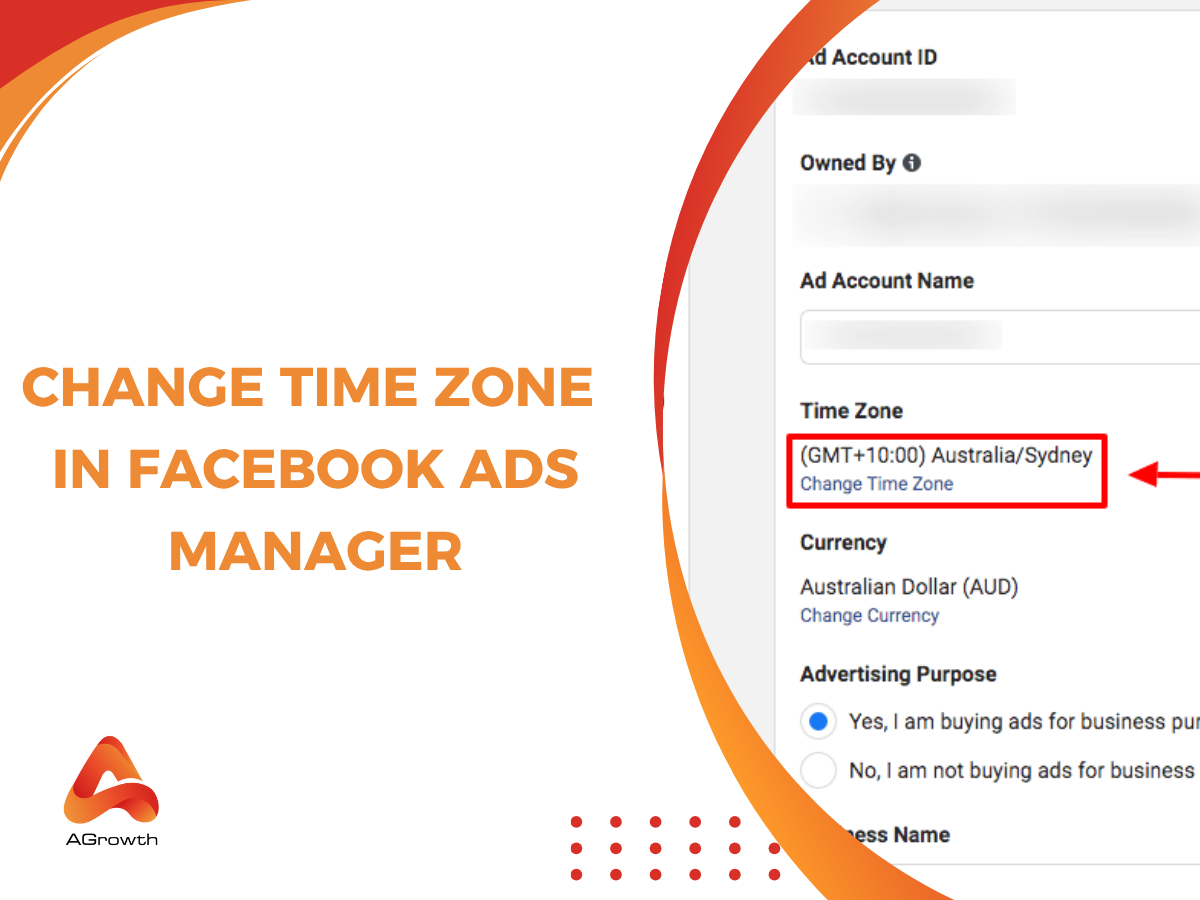
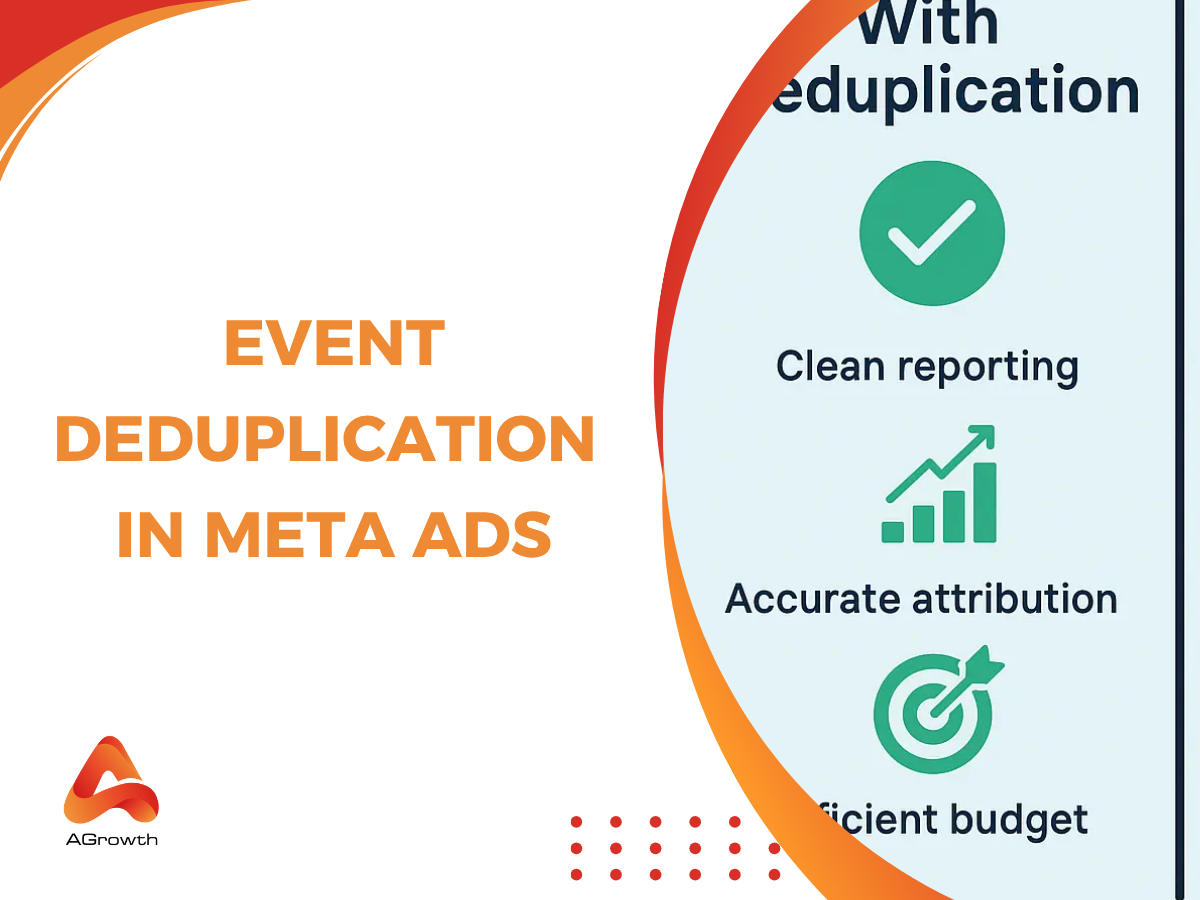
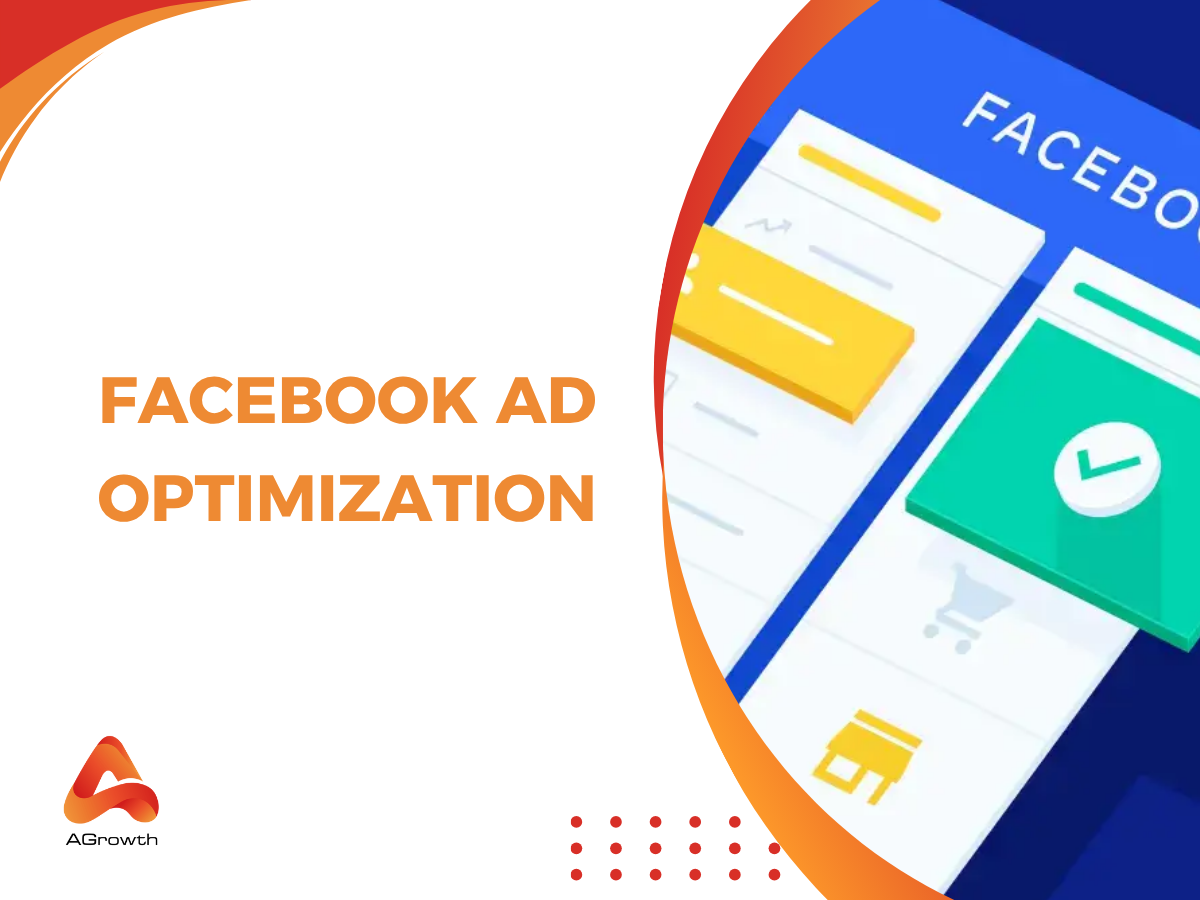
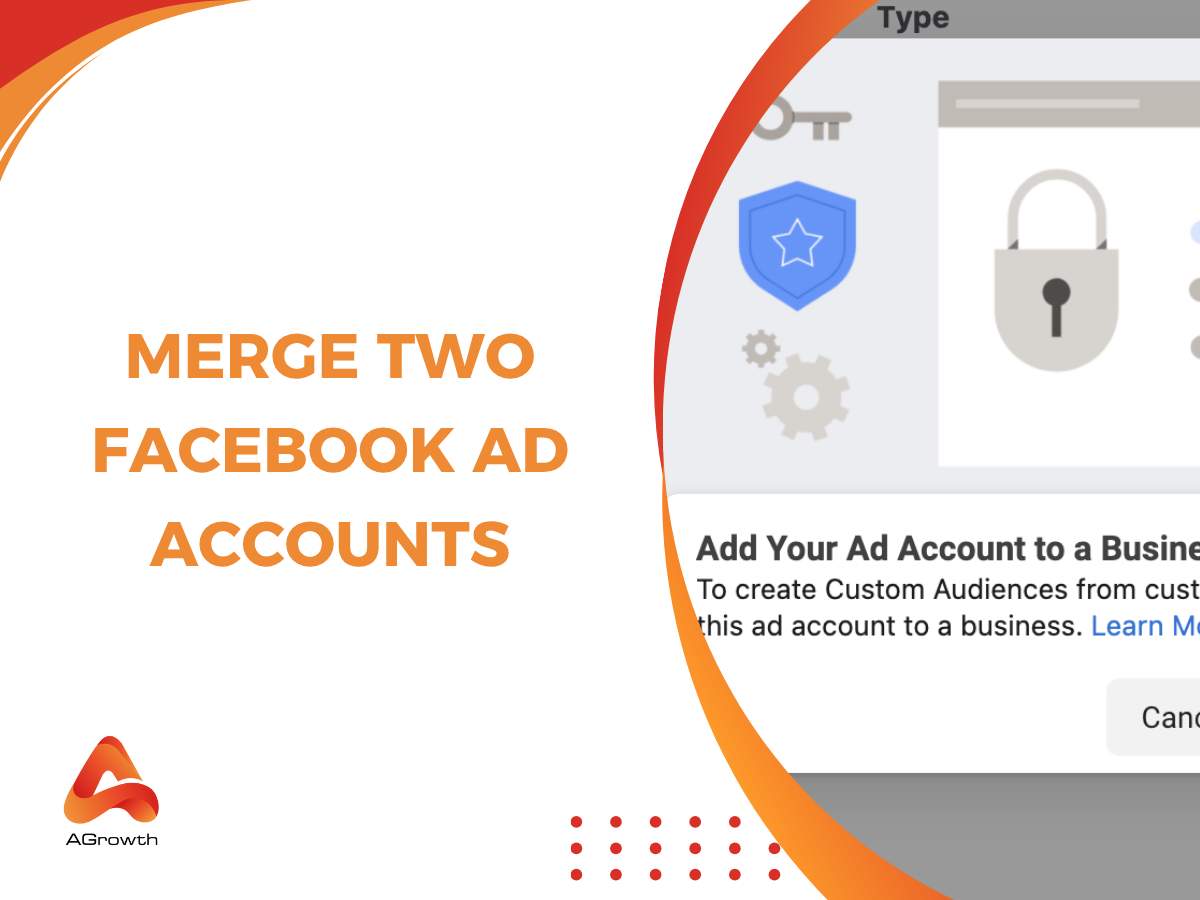

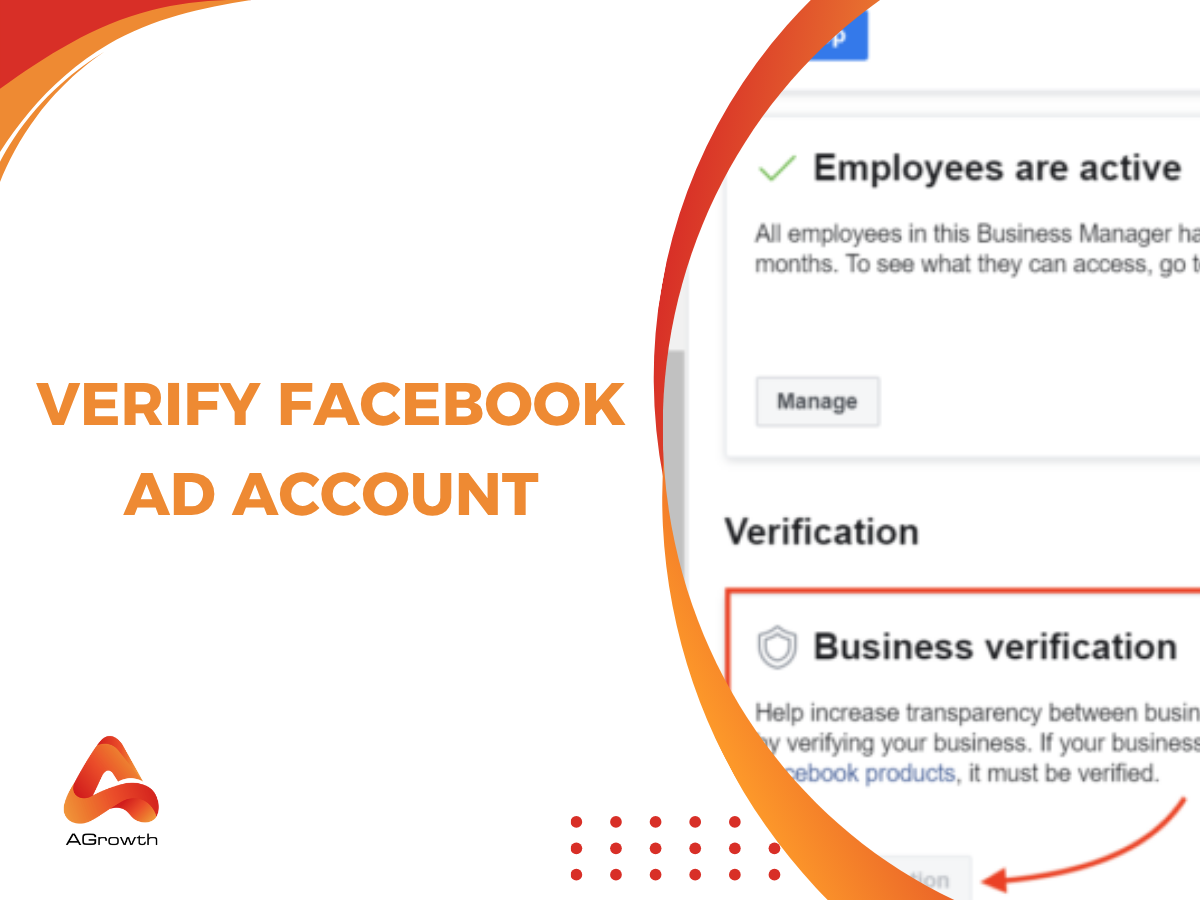
Your comment